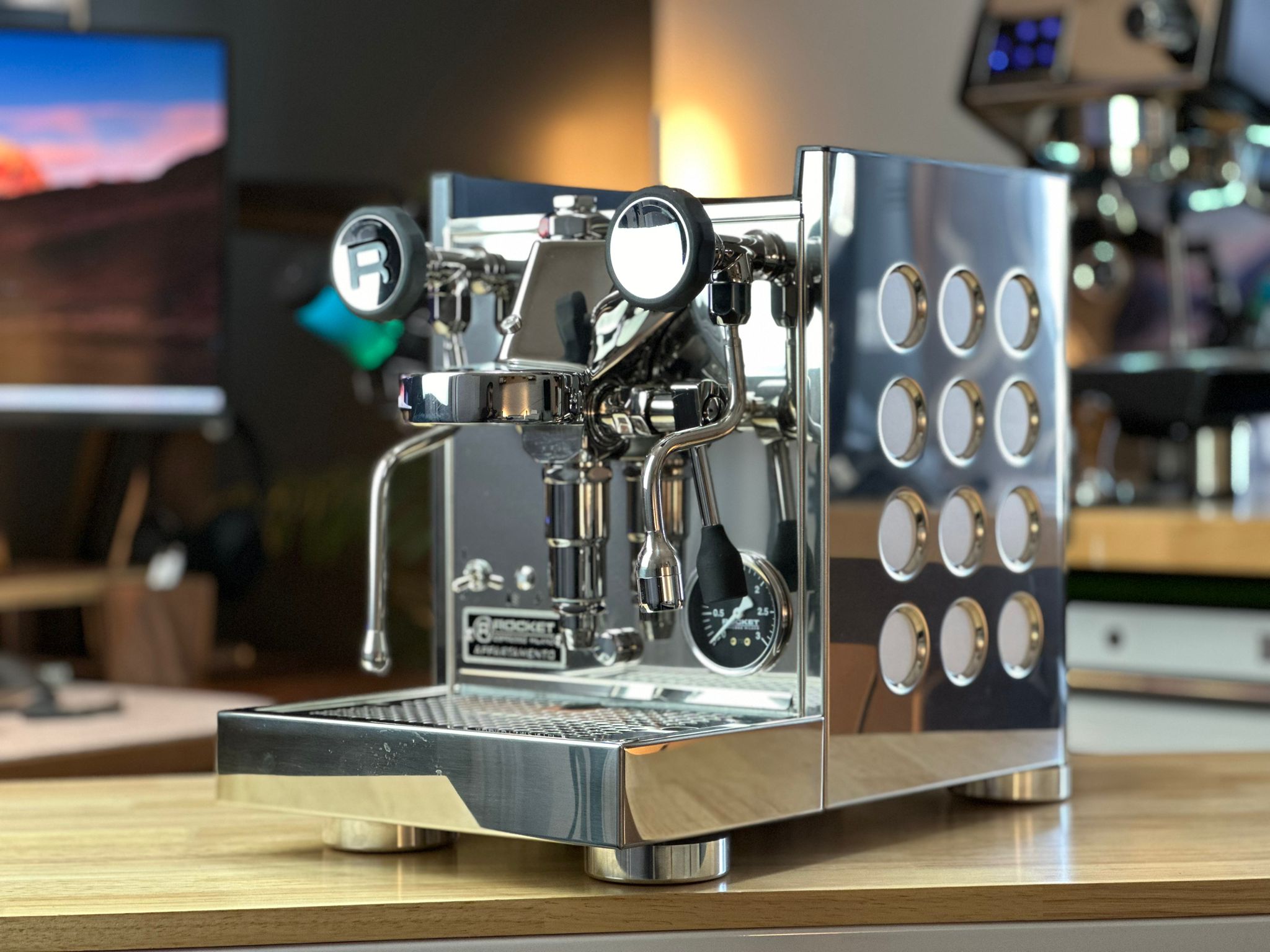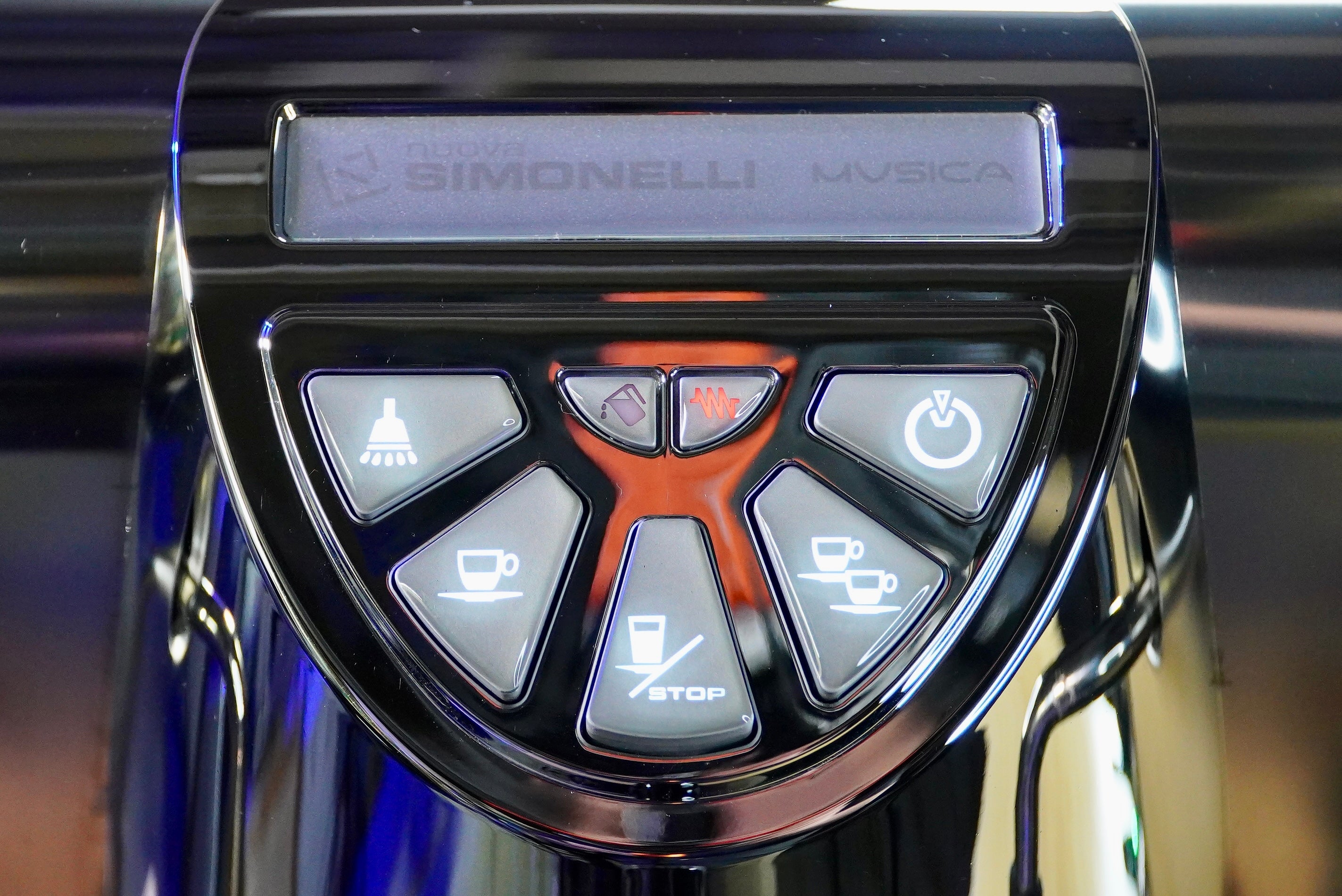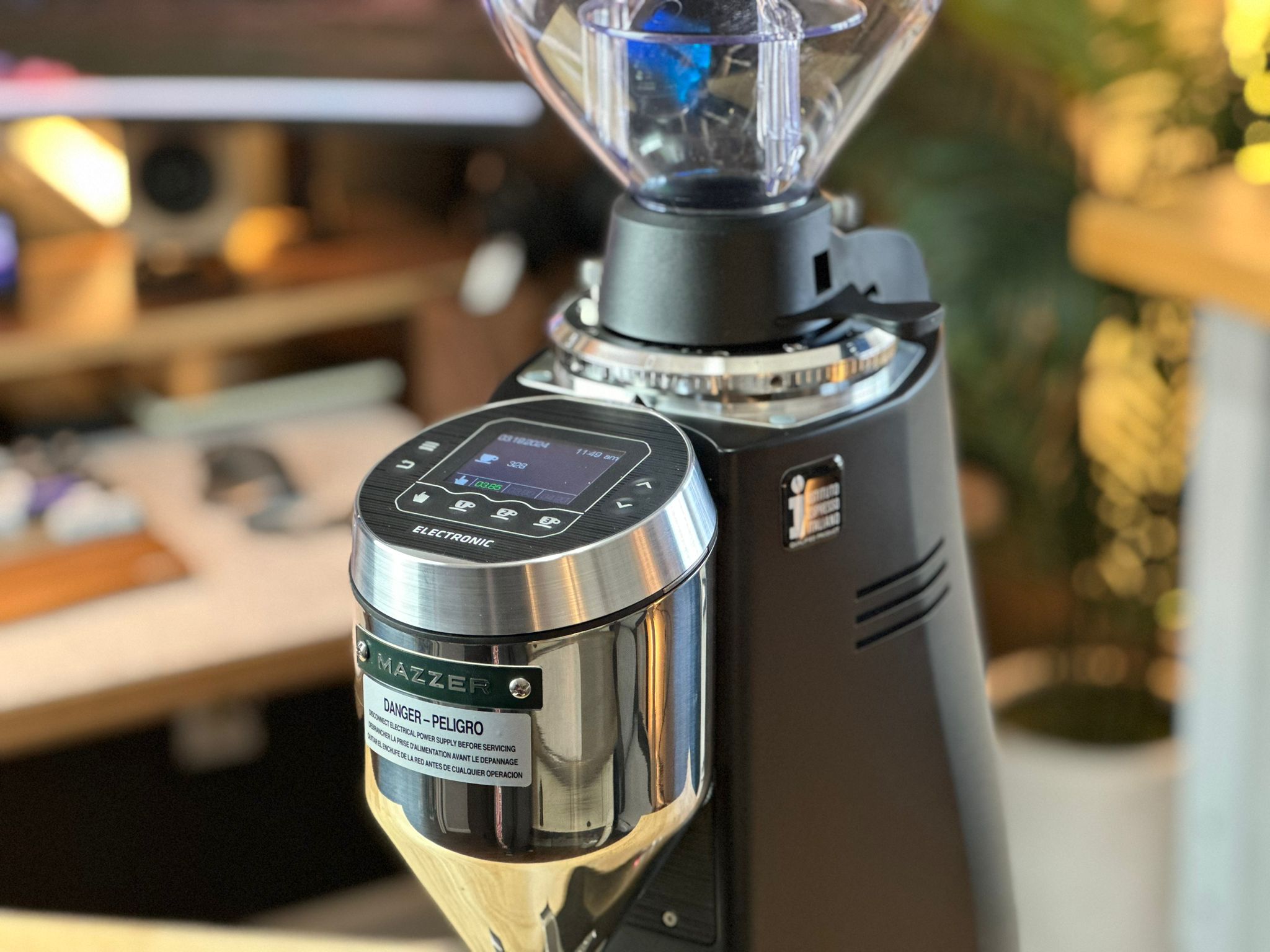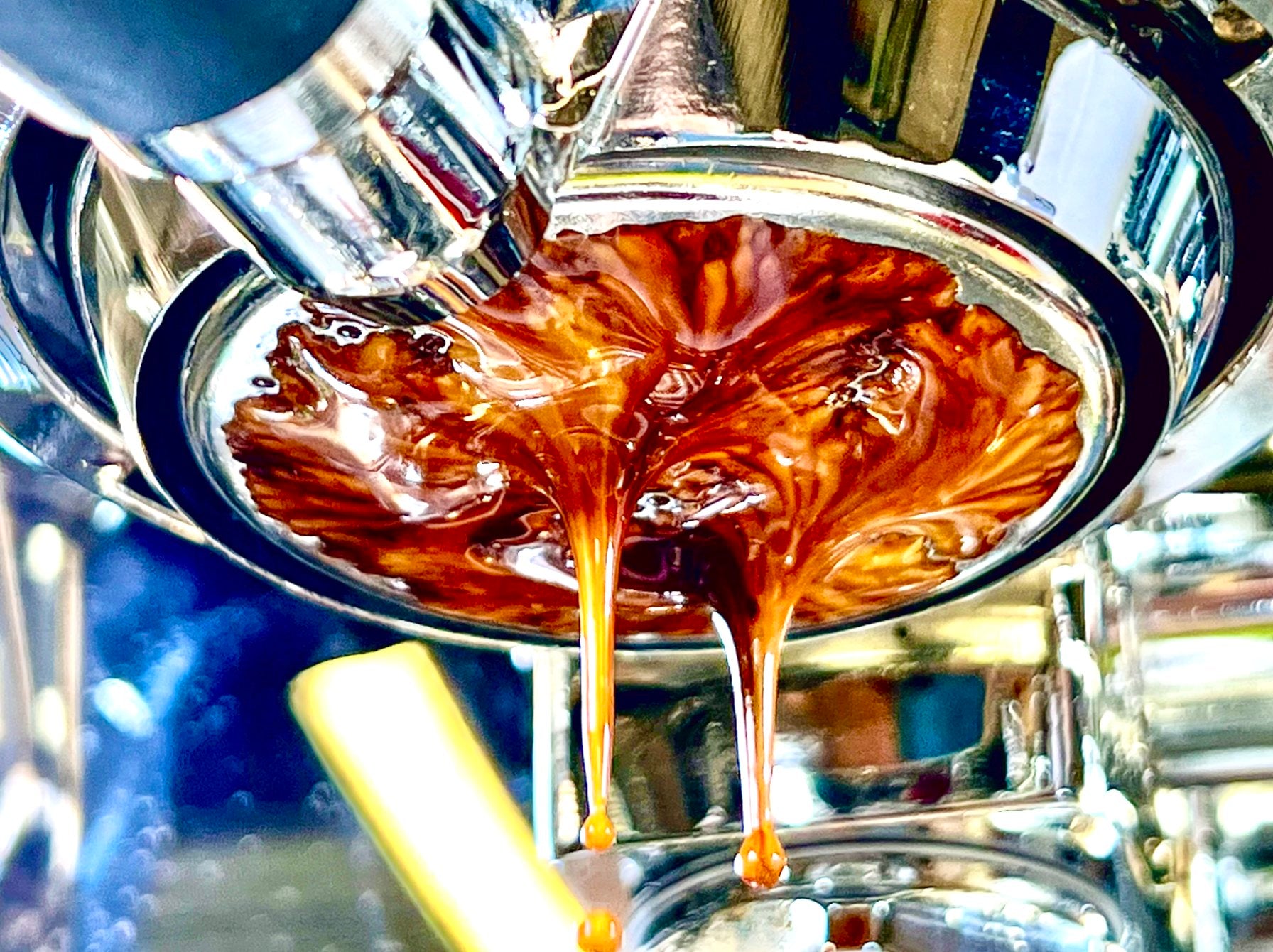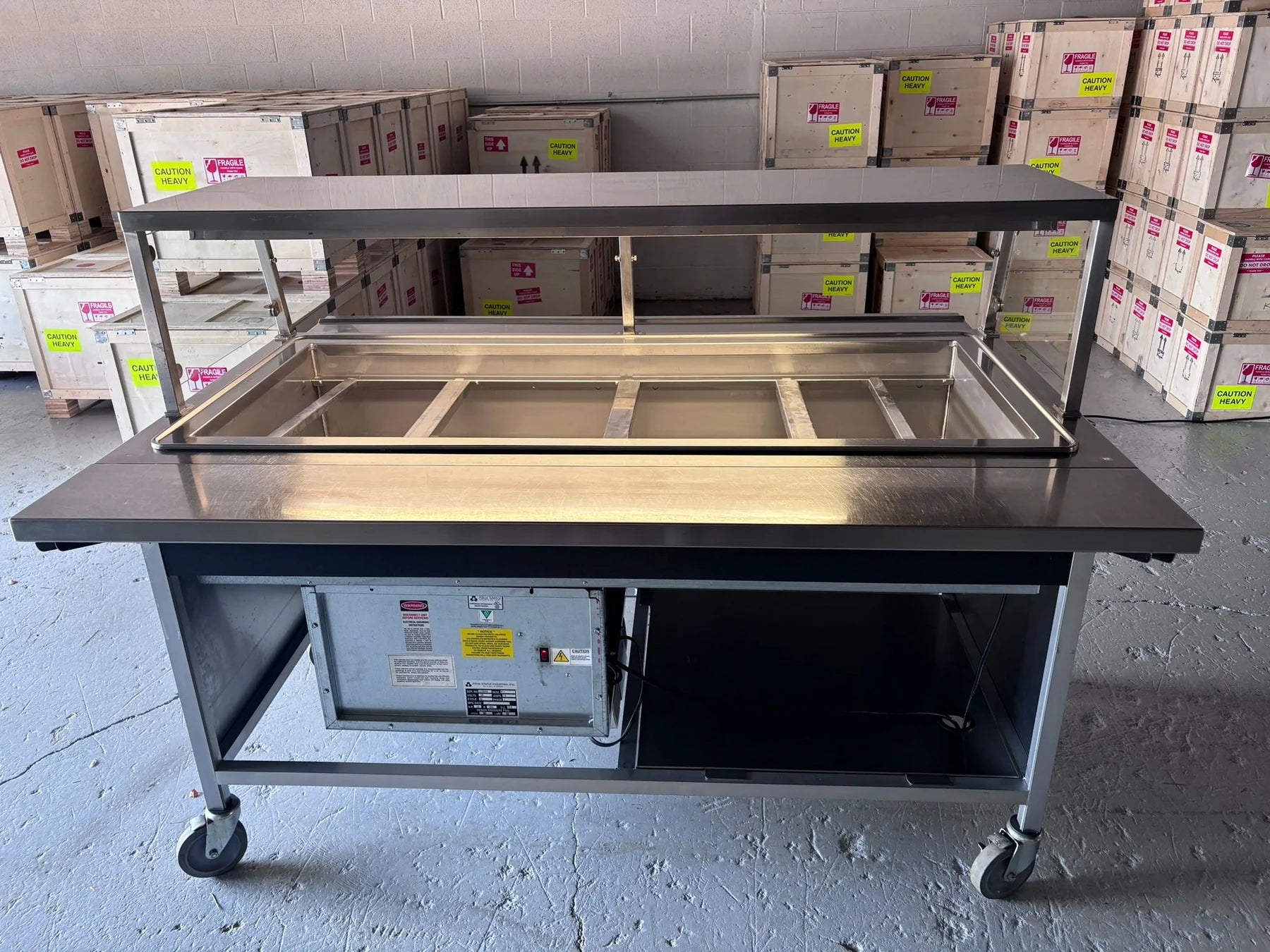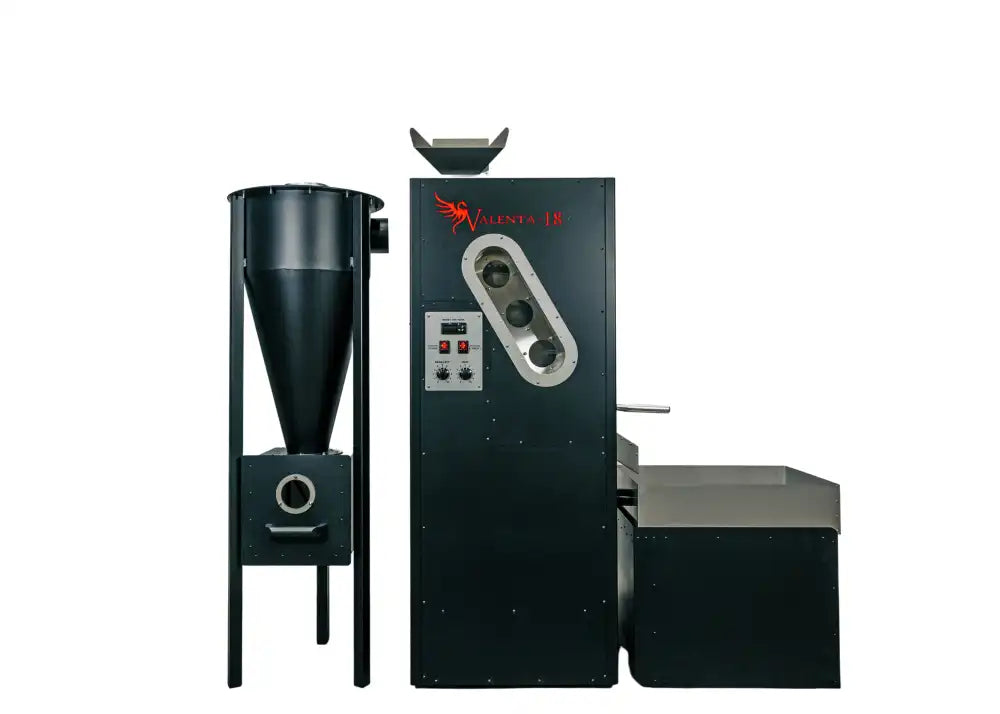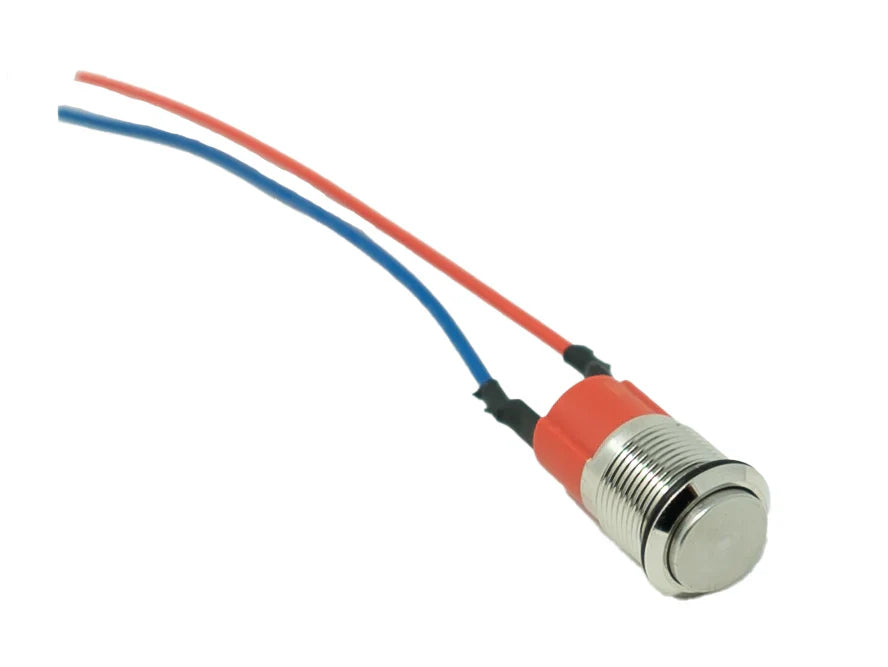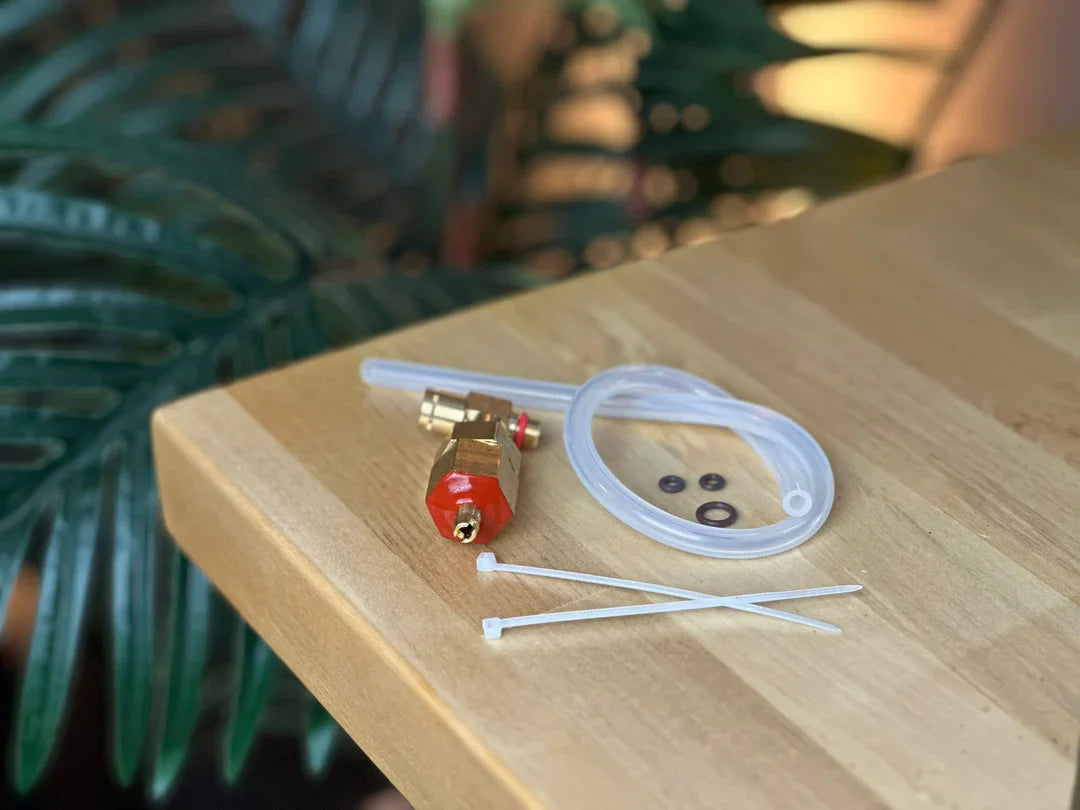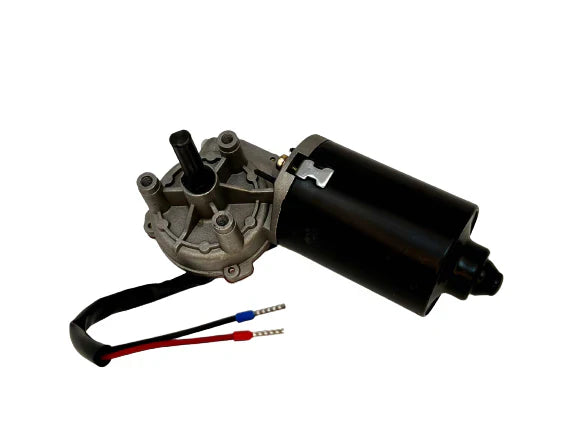Why is microfoam important?
Microfoam is crucial for making high-quality espresso-based drinks, such as lattes, cappuccinos, and flat whites, because it enhances both the texture and flavor of the drink. It is characterized by small, fine bubbles that create a creamy, velvety consistency, rather than large, frothy bubbles found in poorly steamed milk. Here’s a detailed breakdown of why microfoam is so important:
1. Texture and Mouthfeel
Microfoam creates a silky, smooth texture that integrates well with espresso. When steamed correctly, the milk’s proteins and fats are emulsified with the air introduced by the steam wand, resulting in a cohesive foam that has a luxurious, velvety consistency. This texture significantly enhances the mouthfeel of the drink, making it richer and more satisfying.
- Microfoam’s small bubbles give the milk a thicker, creamier texture compared to large bubbles, which create a coarse, bubbly foam that feels rough on the palate.
- The smooth texture helps to coat the tongue, softening the intensity of espresso, and provides a more balanced flavor experience.
2. Flavor Integration
Microfoam doesn’t just sit on top of the espresso like a cap; it blends smoothly into the espresso, helping to integrate the flavors of the coffee and milk. This blending is key to the balance of the drink.
- Sweetness: Properly steamed microfoam brings out the natural sweetness in milk by gently heating it to the ideal temperature (150°F to 155°F or 65°C to 68°C), where lactose dissolves effectively and imparts a subtle sweetness.
- Balanced Flavors: Microfoam helps reduce the bitterness and sharpness of espresso, balancing the boldness of the coffee with the creaminess of the milk, resulting in a harmonious flavor profile.
In contrast, poorly steamed milk that lacks microfoam or has large bubbles can taste flat, watery, or overly frothy, and it doesn’t interact with the espresso in the same seamless way.
3. Stability and Consistency
Microfoam has better stability compared to larger bubbles, meaning it holds its structure longer without separating into foam and liquid layers. This is important for maintaining the desired consistency throughout the entire drink.
- Long-lasting crema: Microfoam is denser and mixes well with the crema from the espresso, helping to preserve the crema’s integrity and prevent it from dissipating too quickly.
- Uniform experience: A well-formed microfoam ensures that every sip of the drink is consistent, rather than experiencing a dry, frothy top and a watery bottom.
4. Aesthetic Appeal and Latte Art
Microfoam is essential for creating latte art, which has become a defining feature of modern espresso culture. The fine texture of microfoam allows the barista to pour intricate patterns, such as hearts, rosettas, and tulips, on the surface of the drink. This not only adds a visual element to the coffee but also reflects the skill and care that went into making it.
- Pour control: The smoothness of microfoam gives the barista more control when pouring, allowing them to guide the milk into specific patterns.
- Café presentation: Latte art, made possible by microfoam, enhances the customer’s experience, elevating a simple coffee drink into something that looks professional and refined.
5. Milk Sweetness and Temperature Control
Steaming milk to the right temperature ensures the natural sweetness of the milk is fully expressed, which is critical for a well-balanced drink. Microfoam helps you achieve that by allowing you to carefully control the aeration and heat:
- Proper Aeration: Microfoam requires only a small amount of air to be incorporated into the milk. Over-aerating can create large bubbles, resulting in excess foam, while under-aeration leaves the milk flat.
- Optimal Temperature: Microfoam is typically created when milk is heated to between 150°F and 155°F (65°C-68°C). At this temperature, the proteins in the milk undergo changes that stabilize the foam, while the natural sugars (lactose) break down to produce sweetness. Overheating the milk (above 160°F) can cause it to burn and lose sweetness, resulting in a bitter, unpleasant flavor.
6. Softening Espresso's Intensity
Espresso has a bold, concentrated flavor, and while that is desirable for many coffee lovers, it can be too intense for some. Microfoam helps to mellow the harshness of the espresso without diluting its flavor. Because microfoam has a creamy texture, it coats the tongue, allowing the rich flavors of the espresso to shine without overwhelming bitterness or acidity.
In contrast, poorly steamed milk can either add too much air (making the coffee too foamy and light) or not enough (making the drink flat and overly strong). Microfoam provides the perfect balance, allowing the milk to complement the espresso rather than overpowering or undermining it.
Conclusion
Microfoam is an essential part of crafting high-quality espresso-based drinks, providing the ideal texture, flavor integration, stability, and aesthetic appeal that elevate a coffee drink from ordinary to exceptional. By mastering the art of creating microfoam, baristas and coffee enthusiasts can ensure that their milk-based drinks have the right balance of sweetness, richness, and mouthfeel, along with the visual flair of latte art.
In short, microfoam is the key to making every sip of a milk-based coffee drink creamy, smooth, and satisfying.


